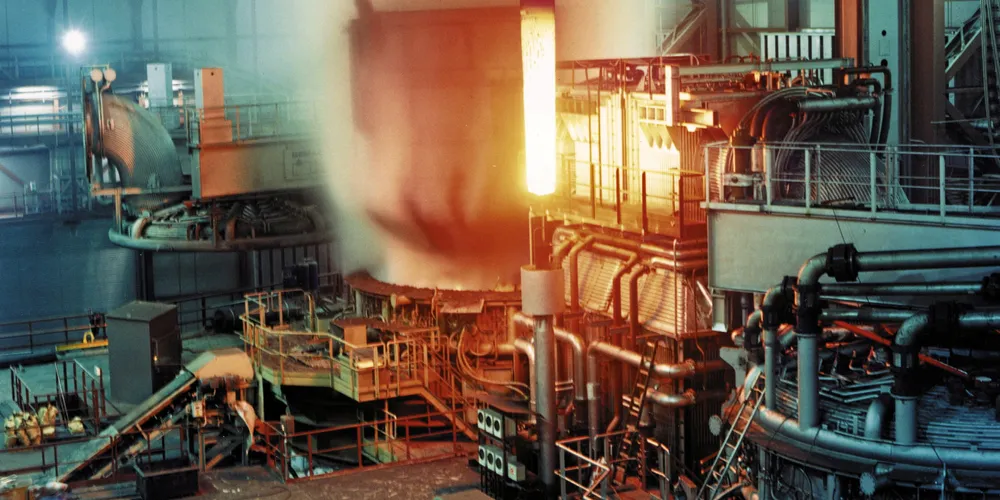Orsted in gigawatt-scale offshore wind to green hydrogen plan with steel giant ArcelorMittal
Danish utility proposes 1GW electrolyser by 2030 fed by 2GW North Sea offshore wind farm to supply major industries in Dutch-Belgian border region

Danish utility proposes 1GW electrolyser by 2030 fed by 2GW North Sea offshore wind farm to supply major industries in Dutch-Belgian border region
